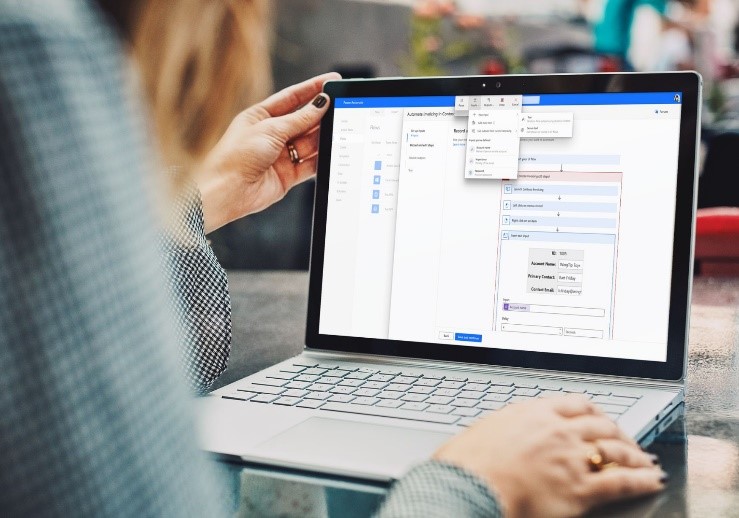Microsoft Expands Automation with Model Context Protocol at Build Conference
During the ongoing Microsoft Build developer conference in Seattle, the tech giant unveiled ambitious plans to integrate the Model Context Protocol (MCP) as a native component of Windows. This decision comes despite notable concerns regarding the security implications associated with the rapidly growing MCP ecosystem.
Initially introduced by Anthropic just six months ago, MCP was designed to enable AI-powered applications to access and interact with data across multiple systems. However, it has since evolved into a broader automation protocol. Built upon JSON-RPC 2.0, MCP allows servers to operate locally or remotely, reporting their capabilities and accepting commands for task execution.
The incorporation of MCP into Windows is seen as a significant advancement, providing a standardized method for automating various applications, both built-in and third-party. For instance, a single prompt can initiate a workflow that gathers data, constructs an Excel spreadsheet complete with charts, and sends it via email to designated colleagues. This streamlined automation can significantly enhance productivity.
In preparation for this new direction, Microsoft is previewing several features linked to MCP integration. Notable companies like Anthropic, Figma, and Perplexity are already embedding MCP functionalities into their applications, while third-party developers such as Zoom, Todoist, and Spark Mail are joining the initiative with their App Actions.
However, the power of MCP servers comes with vulnerabilities. Microsoft’s corporate VP David Weston highlighted seven potential attack vectors, including cross-prompt injection, authentication deficiencies, credential leakage, and risks from unvetted MCP servers. These concerns underscore the importance of rigorous security measures as Microsoft pushes forward with MCP capabilities.
Weston emphasized that “security is our top priority as we expand MCP capabilities.” He announced that while an early preview of MCP’s functionalities will be made available to developers post-event, it will necessitate Windows to be in developer mode, and not all security features will be included in this preview. Furthermore, Microsoft, alongside GitHub, has joined the official MCP steering committee and is working with key partners to establish an updated authorization specification and a future public registry service for MCP servers.
Another noteworthy project revealed at Build is the NL (Natural Language) Web. Created by Ramanathan V. Guha, a former Google engineer now at Microsoft, NLWeb allows websites and applications to present content through natural language queries. Interestingly, every NLWeb instance operates as an MCP server, further illustrating the protocol's potential integration into various facets of software applications.
MCP and App Actions in Windows represent a new frontier in application automation. While some aspects of this initiative may draw parallels to the Component Object Model (COM) and its derivatives within Windows, MCP operates at a higher level of abstraction, relying on JSON-RPC instead of a binary interface. Despite COM’s powerful capabilities, it has faced historical challenges, particularly with security vulnerabilities such as ActiveX abuse. As a result, the MCP’s inclusion raises both excitement and caution within the development community.
As thousands of engineers and coders gather for Microsoft Build, a prevailing sentiment among attendees centers around the potential impact of these AI-driven features on their future. Many express concerns that the same tools being promoted to enhance productivity could ultimately displace numerous developers over time. A software engineering vice president captured this apprehension humorously, questioning if future Microsoft Build events might consist of gathering of AI agents instead of human developers. This reflection hints at a broader existential concern within the industry.
Microsoft's need for business validation is critical in light of the estimated $80 billion spent this year on infrastructure and data centers for AI technology. This week’s announcements, which include new GitHub Copilot capabilities and mechanisms for task delegation among agents, essentially showcase Microsoft’s vision for freeing engineers from routine tasks to foster creativity. Nonetheless, the specter of job displacement looms large, particularly for junior developers who may find their roles diminished or eliminated altogether.
Amanda Silver, a corporate vice president in Microsoft’s developer division, remarked on the anticipated shift in talent distribution, predicting a rise in smaller, impactful startups within the tech ecosystem moving forward. As the industry continues to evolve, the overall future of the software development workforce remains uncertain, reflecting a significant trend among several major technology firms aiming to automate various aspects of software work.
Bias Analysis
Key Questions About This Article




